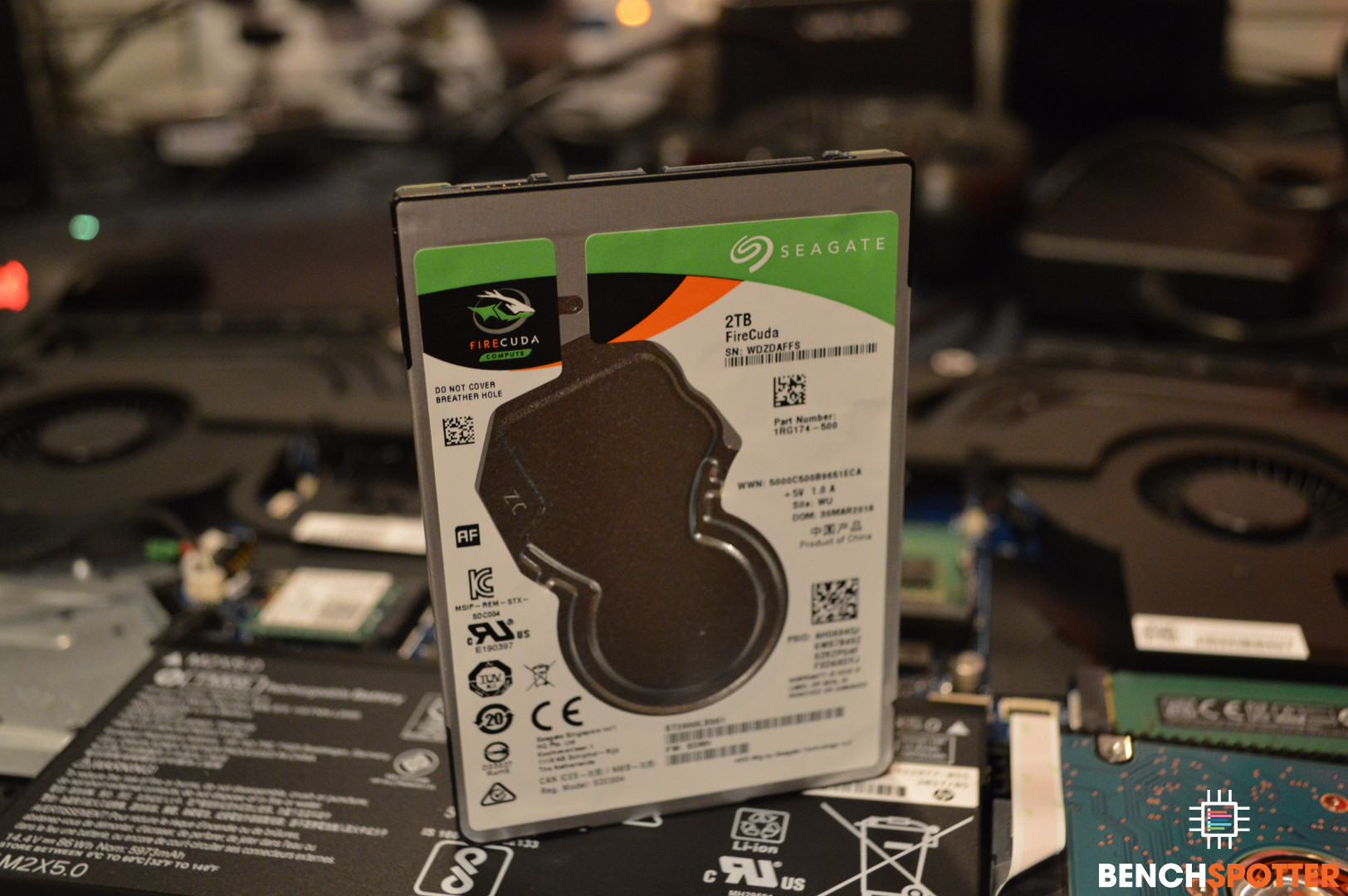Seagate FireCuda 2.5 SSHD: Review

A few months ago, I decided to pick up an HP Omen laptop for mobile productivity and gaming. The laptop came with a generic HGST (Hitachi) 7200RPM 1TB hard drive which just won't cut it. I decided to upgrade the primary drive with an M.2 SSD and needed something with bulk storage that was budget friendly. Here enters the Seagate FireCuda 2.5 SSHD that is promoted as both gaming and productivity focused. The drive comes in a max size of 2TB, and I opted for the max to support multiple games, and multimedia enabled projects for BenchSpotter.
Introduction
The 2.5-inch drives come in three options: 500GB (ST500LX025), 1TB (ST1000LX015), and 2TB (ST2000LX001). The drives come with an embedded 8GB NAND that promises to enhance Gaming, Application, and Operating System performance across the board. Seagate promises 140% Faster / 50% Faster, 450% Faster / 300% Faster, 35% Faster / 25% Faster respectively for each category compared to common 5400 and 7200 RPM 2.5 inch hard drives on the market.
Each model comes with a SATA 6Gb/s interface and a 5-year warranty from Seagate. All models of the FireCuda drives promise the same transfer rates of up to 140 MB/s and operate at an (unpromoted) spindle speed of 5400RPM.
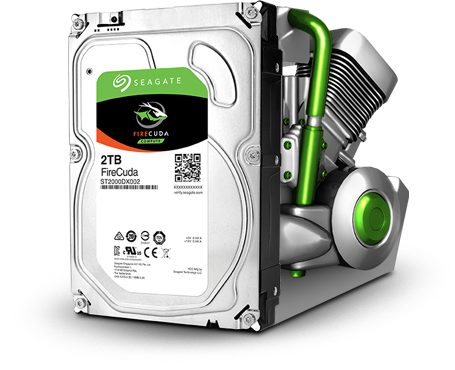
Hardware
| Laptop | CPU | Memory | OS Disk |
|---|---|---|---|
| HP Omen (17-an012dx) | i7-7700HQ | 12GB DDR4 | Samsung 860 Evo M.2 500GB |
| Disk Drive | Spindle Speed | Capacity | Interface | Cache/Buffer |
|---|---|---|---|---|
| Seagate FireCuda 2TB (ST2000LX001) | 5400RPM | 2TB | SATA 6Gb/s | 64MB |
| HGST Travelstar (7K1000) | 7200RPM | 1TB | SATA 6Gb/s | 32MB |
Test Methodology
I have performed testing that should represent games and applications fairly. These results are not definitive but should provide enough information to set performance expectations before purchasing. I've included games, tools, and benchmarks to reflect the overall performance.
For this test, I copied a large video file (12GB) from an M.2 SSD to the FireCuda 2.5-inch 2TB drive. This test produces consistent results for expected write capabilities of large files onto the SSHD.
The second part of this test is meant to measure read performance. Once the large file had been copied to the FireCuda SSHD, I performed another copy back to the M.2 SSH drive from the FireCuda SSHD to measure max read capabilities.
I used the M.2 SSD drive to eliminate read and write throttling for the copy action.
I've included an extensive archive which has 28,274 files and 3,330 folders that would be common for backups or website archives. This test is intended to test the speed of operations on the disk as opposed to sizeable individual file copies.
I've included two popular games that are known for their loading screens and loading time. A full system reboot was performed between testing to ensure no OS or system cache would impact loading results.
Fallout 4
- Initial Save Loading
- Death On Death
- Load Different Save
World of Warcraft: Legion
- Initial World Loading (Dalaran - Krasus Landing)
- Load New Zone (The Fel Hammer)
- Reload Zone (The Fel Hammer)
This test is very straightforward and consistent. The PCMark 8 benchmark suite includes a storage-specific set of tests to simulate normal desktop activities. The testing consists of a sampling of gaming and productivity usage.
Keep in mind; this is a simulated test using standard tools and libraries to simulate workloads. They don't include all use cases but provide a general idea of performance for productivity and gaming tasks.
PCMark 8 provides several benchmark tests, and for this purpose, only storage benchmarking had been used.
AIDA64 provides a lot of insight into your hardware and benchmarks for overall performance metrics. I specifically used the Disk Benchmark tool to provide a general read performance analysis on each disk. This test is labeled "Read Test Suite" within the AIDA64 - Disk Benchamrk test options.
I'm personally not a fan of this test as it offers inconsistent results on a regular basis. That said, it does provide a basis for max read/write capabilities overall. For the test, I left all size and thread configurations on default and ran the test multiple times to get a sense of an average.
Digest these results with grains of salt as different settings and activity can impact these results. I did my best to remove any possible environmental influences and provided results that would at best reflect an average run for each drive.
Results
Okay! Now that all the information and testing details have been provided; let's jump right into the dirty details.
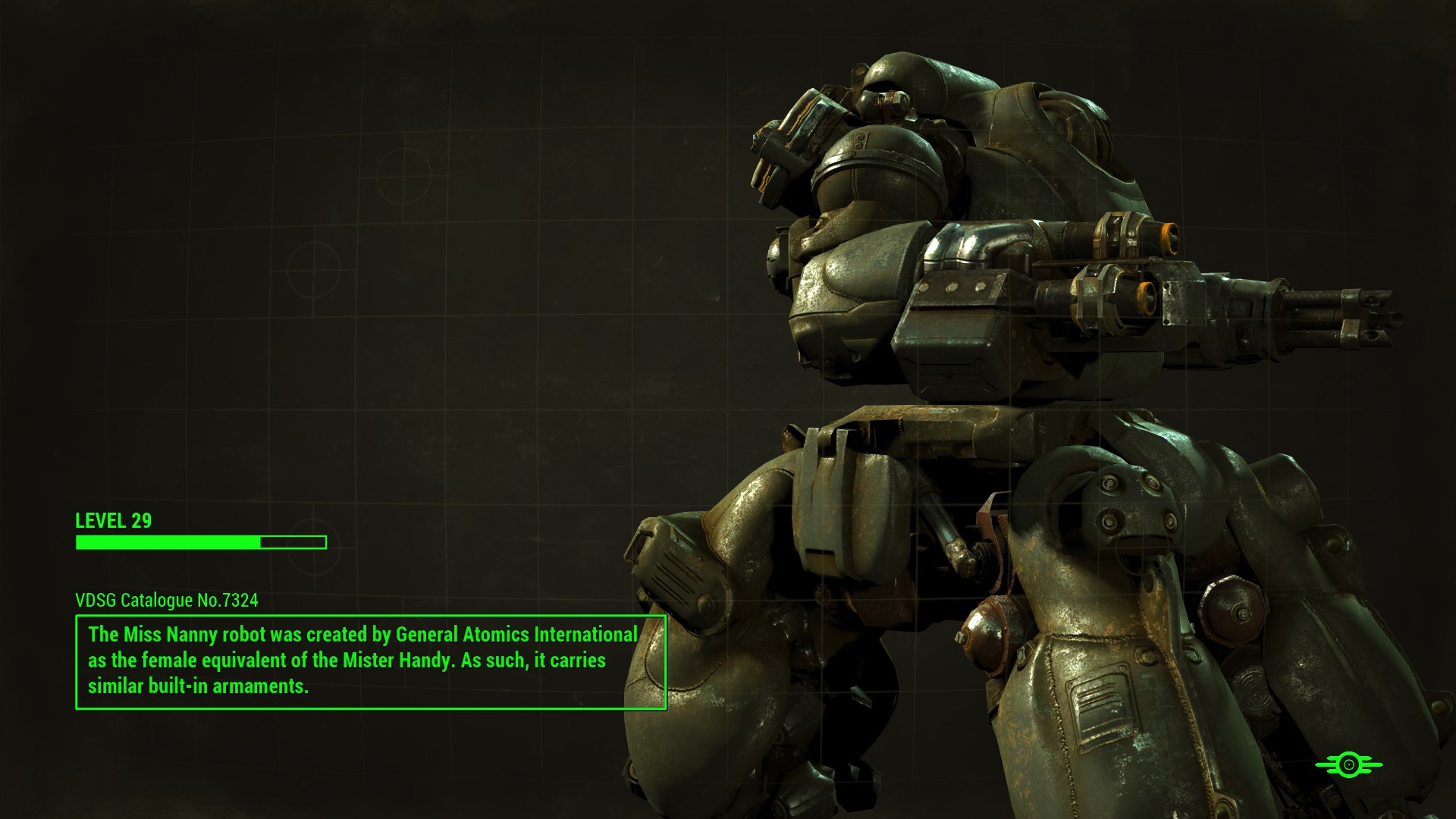

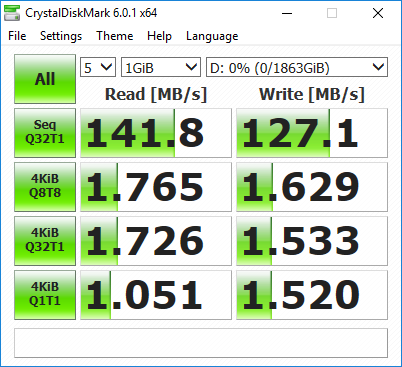
Seagate FireCuda 2.5" 2TB
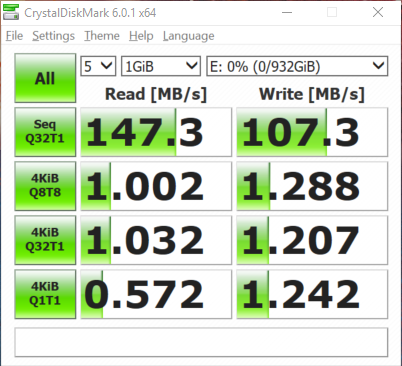
Hitachi Travelstar 2.5" 1TB
Conclusion
Honestly, the results seem to be a mixed bag. The Seagate FireCuda drive appears to deliver on the promise of productivity improvements with it's SSD embedded storage but suffers in some write and read tests. I think it's important to keep in mind this drive is 5400RPM compared to the 7200RPM HGST Travelstar drive. This means it creates less heat, noise, and pulls less power than the HGST drive. Overall, I'm impressed that this SSHD drive was able to compete with the generic HGST 7200RPM drive for read and write capabilities.
Recommendation
Given the price tag of $91 (US), it seems like a great deal considering the performance, lower heat, noise, and power usage. If you are looking for an Xbox, PS4, Laptop, or an external 2.5-inch drive, the Seagate FireCuda has a lot to offer for the price.

Where to buy?




